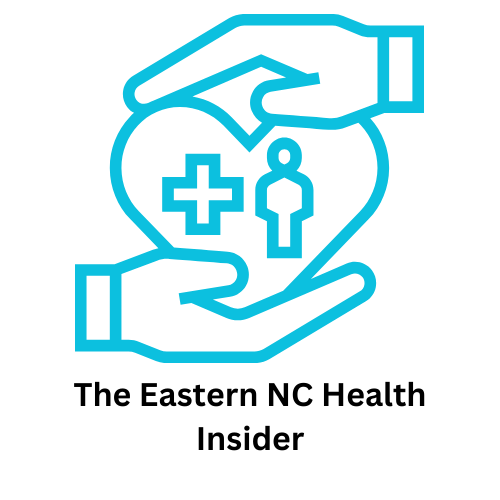
Understanding the Protein Puzzle: Can You Overdo It?
Protein is often hailed as a superstar in the world of nutrition, especially among health-conscious individuals and parents looking to nourish their families. Known for its role in muscle building, recovery, and overall health, it’s easy to overlook the limits we might unconsciously set for ourselves. While protein is essential, it’s crucial to understand the signs you might be consuming more than your body actually needs.
How Much Protein Do We Really Need?
The Recommended Dietary Allowance (RDA) for protein is about 46 grams for women and 56 grams for men per day, though these values can vary based on activity level, age, and health conditions. For those engaging in intensive weight training or aerobic activities, protein needs can increase. Nonetheless, excessive protein intake—beyond what your body can utilize—can lead to various health issues.
Signs You Might Be Eating Too Much Protein
One major indicator of excessive protein consumption is digestive distress. You might experience bloating, diarrhea, or constipation, particularly if your intake is accompanied by low fiber. Furthermore, excessive protein can strain your kidneys, especially if you have pre-existing kidney issues. Watch for symptoms like increased thirst or changes in urine frequency and color.
Impact on Your Heart: The Hidden Risk
Cholesterol levels can also be affected by a high-protein diet, especially if it includes a substantial amount of red meat or dairy. These foods are often high in saturated fats. Research indicates that diets high in red meat can increase the risk of cardiovascular diseases. Balancing protein sources with plenty of fruits, vegetables, and whole grains is key to maintaining overall health.
Balancing Protein Within a Healthy Diet
Incorporating a variety of protein sources is crucial. Lean meats, fish, legumes, and plant-based proteins such as quinoa can offer a balanced approach. This not only prevents the risks associated with excessive animal protein consumption but also boosts intake of beneficial nutrients found in these alternatives.
The Psychological Feed: Eating and Emotions
Interestingly, psychological factors can play a role in our eating habits. Many individuals turn to protein-rich foods when they perceive them as 'healthier' or more satisfying. This can lead to an imbalance, where the comfort of protein outstrips actual need or health literacy. Awareness and mindfulness in eating can create a more balanced approach, preventing the intake of excess calories from protein-rich foods.
What to Do If You Suspect You’re Overdoing It
Taking stock of your food intake is the first step toward balance. Consider consulting with a nutritionist to guide you towards a personalized dietary plan that suits your lifestyle and activity level. Engaging in regular health check-ups can also help track your protein levels and overall health indicators.
Conclusion: Embracing Balance Over Excess
The journey toward balanced nutrition isn’t about strict limitations; it’s about understanding your body’s needs and aligning them with your health goals. If you're noticing some of the signs mentioned above, it might be time to reevaluate your protein intake. Ultimately, the goal is to foster a healthier relationship with food—one that doesn’t just celebrate the benefits of protein but also recognizes the importance of moderation.
 Add Row
Add Row  Add
Add 




Write A Comment